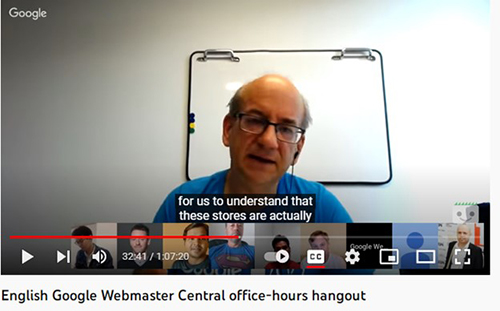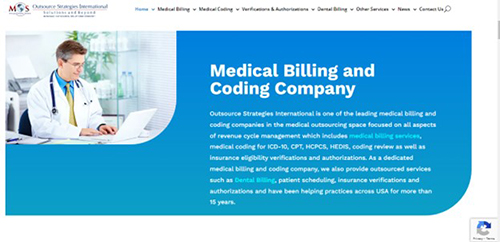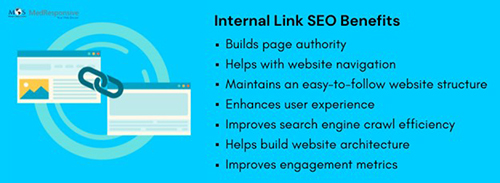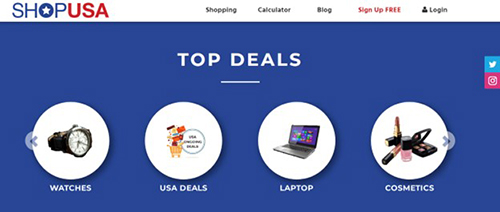Not every website has the same number of pages. It can range from a few pages to many. There are many factors that can affect your web page rankings. One of the most important factors to focus on is that your website visitors must be able to access the required information as fast as possible. This is where click depth plays a role.
So, what is click depth?
Click depth, in short is the number of clicks it takes users to reach a specific page, starting from the homepage. It really matters like how easy is it for your website viewers to easily view your web page content. The more links a visitor must click through to access a page, the higher the page’s click depth will be, and pages with lower click depth values tend to rank better in search results.
Based on their distance from the homepage, numerical values can be assigned to the different pages on a site.
As for most websites, the homepage is the most linked and valuable page and the most authoritative one, it can be assigned as 0 (a click depth level of zero). Pages that are directly linked on the homepage have a click depth value of 1, any other pages linked to those pages will have a value of 2. Depending on the number of clicks required to access pages from the homepage, numbers can be assigned.
Is Click Depth a Ranking Signal?
Click Depth or URL Structure- What Matters the Most?
As click depth has a role to play in helping or preventing people from finding information easily, it is a ranking factor. However, it probably isn’t a factor to make or break page rankings. Google uses this factor to identify which pages are important. It’s also connected with how far Google will crawl a website.
The judgment on click depth in SEO is mainly based on John Mueller’s remarks about the relative importance of click depth.
In a 2018 Google Webmaster Central hangout, John Mueller, the Senior Webmaster Trends Analyst at Google had talked about click depth. Mueller discussed the impact of click depth during a Q & A session, when an ecommerce store owner asked the best way to structure their site. Mueller indicated that Google did give some weight to how easy it is to find content on a website. If the home page on a website is its strongest page, Google gives more weight to pages that are a single click away than those that are multiple clicks away. Pages with lower click depth values tend to rank better in search results.
The query from the store owner was that -“We have a multi-location brick and mortar store. We have a single website. For various reasons the two locations have separate inventory. We need separate e-commerce store fronts. We’re trying to decide whether to link those stores directly from the home page, or if we should have kind of a homepage link to “/stores’ and then link to them from there.”
Mueller pointed out that “What does matter for us… is how easy it is to actually find the content. So, especially if your homepage is generally the strongest page on your website, and from the homepage, it takes multiple clicks to actually get to one of these stores, then that makes it a lot harder for us to understand that these stores are actually pretty important.”
“On the other hand, if it’s one click from the home page to one of these stores then that tells us that these stores are probably pretty relevant, and that probably we should be giving them a little bit of weight in the search results as well. So, it’s more a matter of how many links you have to click through to actually get to that content rather than what the URL structure itself looks like.”
User Experience
Ensure that all the crucial content is easily accessible for site visitors.
Click depth, no doubt is a factor that affects user experience and, thus search rankings. Visitors often want to access subpages easily, with as few links as possible. If a subpage requires half-a-dozen or more clicks to access from the homepage, visitors may abandon your website in favor of a competitor’s site.
One of the practical tips to improve your website’s user experience is to implement strategies to improve the click depth rate.
Internal Links and Click Depth
Though not as authoritative as backlinks, internal links are also a powerful ranking factor. Internal links refer to hyperlinks from one of your web pages to another. The links placed on the highest-performing pages can help boost underperforming pages on the website. Pages directly linked from the homepage are typically viewed as more important and will get the most link equity.
Google’s PageRank algorithm determines the worth of webpages by determining the number and quality of pages that link to it. Web marketers or website owners, who want to rank a particular page better than others, can consider getting it linked from the home page.
| Read our blog on: How to Build Internal Links for SEO |
What Can Be Done? How to Improve Your Website’s Click Depth?
An ideal click depth count can be 3, with a maximum of 4. Click depth rate of 5 or above can make it difficult for Google to crawl the page. Without crawling the page, Google won’t be able to index it, resulting in your web pages not appearing in any search results, which brings no added value.
Improve Your Web Structure
Website structure refers to the way a website is organized, or the ways in which its pages are linked together. Improving the website structure can enhance user experience and thus impact your search engine results.
For a particular page to rank better than others, make sure it’s easy to get to that page from the home page. Make it easy for users to find the content they need as fast as possible.
If you run an ecommerce store, provide a quality website structure with a main menu categorizing main product items let that be fashion, beauty accessories, or others. Within each category, you can add even more specific sections with sub-categories. Most visitors use the menu to navigate your site. Proper organization of menu and linking will help a potential customer to easily find what they are looking for.
Also, lay out the website structure on your sitemap and robots.txt files, to help search engine web crawlers find the right content and index them.
- Consider descriptive navigation that uses key phrases, as it improves rankings/traffic (SEO) and usability/conversions (UX)
- Better avoid format-based navigation labels, instead provide relevant topics or titles
- Go for mega dropdowns, instead of simple dropdown menus for a site with lots of pages
Consider using a narrow hierarchy for the website’s navigation menu. Most commonly, navigation menus appear in page headers or sidebars, allowing visitors to quickly access the most useful pages.
Create Useable Sitemap for Visitors
Creating a visitor sitemap, mainly with a link in the website footer can work better to lower your website’s average click depth. The sitemap is the first step in building a conversion-optimized website. A sitemap is a page on your site, where you, your visitors and search engines can get to all the pages on your site.
- Make sure to include all the pages of your website in the sitemap
- Link your sitemap from the Homepage
- Take a look at 404 or other error messages and correct them
- After creating a visitor sitemap, create a site-wide link to the website’s template, such as the footer
Keep Your Content Easily Accessible
Add internal links from the home page and other top-ranking pages and relevant subpages. Without internal links, visitors will have to rely on your website’s navigation menu to locate subpages.
Strategies to Improve the Accessibility to Your Site
- Include links within the content to link to additional relevant resources
- Use sidebars to include links to top-performing pages and articles
- Consider cross-promotion of products often sold together on checkout pages
- Follow the internal linking best practices
- Link all the important pages
- Check for any orphan pages
With a higher click depth rate, a negative user experience will be fostered. So, to reduce the click depth, implement suitable strategies as discussed above. Businesses can utilize the services of a professional search engine optimization company like MedResponsive to optimize their website and achieve better search engine rankings.
| Need professional support? Talk to our MedResponsive team at (800) 941-5527! |








